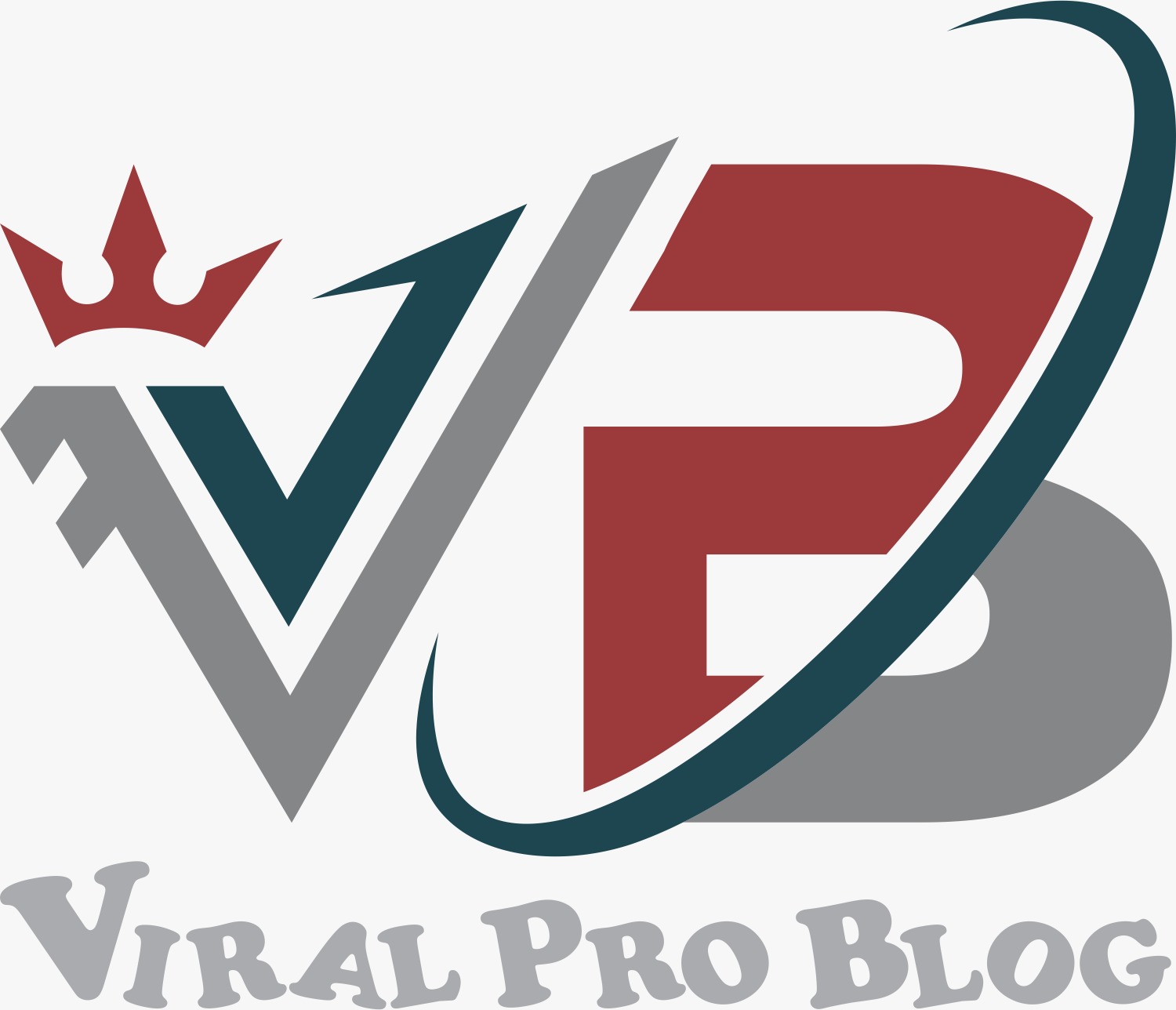Challenges Associated with Employee Absence and How to Overcome Them

Employee absence management involves employees notifying their employers about unforeseen time off and the subsequent redistribution of tasks among the team. This process helps businesses maintain workflow continuity. Traditionally, companies employed paper-based spreadsheets and manual recording methods, leading to inefficiencies due to their time-consuming nature and susceptibility to mistakes. Conversely, forward-thinking enterprises opt for cloud-based HR software to streamline absence management, ensuring accuracy and efficiency.
These absence management system leverage technology to centralise leave requests, simplifying the process for both employees and employers. They offer real-time insights into workforce availability, facilitating better workload distribution. By automating leave tracking and task delegation, these systems minimise the disruptions caused by employee absences, promoting smoother operations within organisations. The shift toward digital solutions not only reduces errors but also enhances transparency and responsiveness in managing employee absences. Given below are some of the critical challenges businesses might face while managing absences.
Wastage Of Time and Energy:
Historically, the use of paper-based spreadsheets has long been the norm for managing employee records, including leaves and absences. Despite the advent of cloud-based HR solutions, many organisations persist in relying on these outdated methods. This prevalent reliance on primitive systems can be attributed to their familiarity and widespread use within the industry, leading companies to hesitate in transitioning to automated software solutions. However, the solution lies in embracing the efficiency and accuracy offered by modern technology.
Transitioning to cloud-based HR software streamlines record-keeping, minimises errors, and enhances accessibility. These systems provide real-time data, streamline processes, and offer a user-friendly interface, significantly reducing the wastage of time and energy associated with manual spreadsheets. Investing in training and promoting the benefits of automated solutions can encourage a smoother transition away from traditional methods.
High Cost Of Absenteeism:
A limited number of companies prioritise modern strategies for efficient staff absence management due to a lack of awareness regarding the significant costs associated with absenteeism. The absence-related expenses encompass hiring temporary staff, incurring overtime costs, and experiencing project delays. Moreover, the ripple effect includes workflow disturbances that directly impact overall productivity. Prolonged absenteeism may even contribute to employee burnout and a decline in team morale. To address the high cost of absenteeism, organisations can implement robust Absence Management Systems.
These systems offer real-time visibility into employee availability, facilitating better planning and workload distribution. By automating leave tracking and optimising task allocation, these solutions minimise the financial and operational disruptions linked with employee absences, thereby enhancing productivity and maintaining employee well-being.
Decreased Performance Level:
There are moments when employees encounter phases of decreased productivity, potentially influencing their team’s overall performance and organisational objectives. Therefore, it becomes imperative to foster motivation among employees during such periods. Managers adopting a proactive approach by consistently evaluating company processes can significantly enhance operational efficiency. Conducting a comprehensive workflow analysis allows for the identification and restructuring of weak links in existing systems. Additionally, engaging in open dialogue, addressing concerns, and providing viable solutions can aid in overcoming this challenge.
One-on-one sessions between managers and employees present an ideal platform to recalibrate work hours and reaffirm expectations, thereby revitalising work productivity and motivation levels. To address decreased performance, managers can implement strategies like process review, open communication, and personalised meetings to reestablish expectations and support employees in regaining their productivity levels.
Pressure To Perform:
New managers often grapple with the weight of immediate success upon stepping into their roles. This pressure to excel right from the start can be overwhelming, especially for those newly appointed. Acknowledging and revisiting the reasons behind your selection for the position can provide perspective. It’s crucial to recognise that leadership involves a learning curve, one that inherently includes learning from experiences and occasional missteps. While meticulous planning is beneficial, unforeseen circumstances are inevitable. How you navigate conflicts and handle challenges serves as a testament to your leadership prowess.
Embracing a growth-oriented mindset allows new managers to alleviate the pressure and embrace the learning journey, enabling them to evolve and excel in their leadership roles over time. To alleviate this pressure, seek mentorship or guidance from seasoned leaders within the organisation. Embrace a growth mindset, allowing yourself room to learn and adapt. Develop resilience by focusing on problem-solving and decision-making skills. Recognise that excellence isn’t instant; it’s a journey shaped by continuous learning and evolving strategies.





